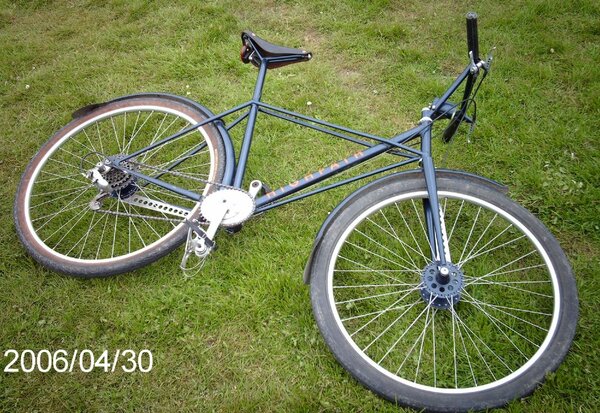- Feedback
- View
Joe of Loath":1kv4t17m said:Hmm interesting, thanks! Will keep an eye out at the local bike co-op for retro hybrids in massive sizes, as the other options seem prohibitively expensive.
eBay may also be worth watching?
Below is the Rolls Royce of 700c British off-road bicycles. A Highpath Big Blue circa 1992.




